Filter by
The language used throughout the course, in both instruction and assessments.
339 results for "transfer function"

University System of Georgia
Skills you'll gain: Leadership and Management, Project Management, Customer Relationship Management, Data Analysis, Organizational Development, Process Analysis, Strategy and Operations, Business Process Management, Critical Thinking, General Statistics, Planning

University at Buffalo
Skills you'll gain: Design and Product, Leadership and Management, Product Lifecycle, Product Management, Strategy and Operations, Product Development, Business Process Management, Product Design, Supply Chain Systems, Data Management, Systems Design, Computer Networking, Supply Chain and Logistics, Human Computer Interaction, Process Analysis, Technical Product Management, Data Analysis, Project Management, System Security, Business Transformation, Cloud Computing, Cyberattacks, Operations Management, Security Engineering, Big Data, Cloud Storage, Communication, Computer Architecture, Computer Security Models, Interactive Design, Network Security, Planning, Security Software, Security Strategy, Software Security, Supplier Relationship Management, Data Analysis Software, Digital Marketing, Machine Learning, Computer Security Incident Management, Data Visualization, Internet Of Things, Exploratory Data Analysis, Business Communication, Computer Graphics, Marketing
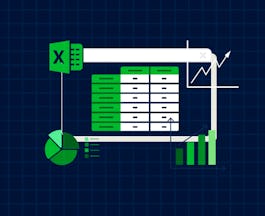
Board Infinity
Skills you'll gain: Data Visualization, Microsoft Excel
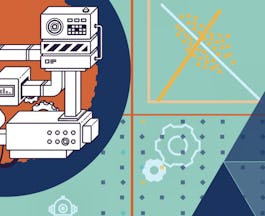
Imperial College London
Skills you'll gain: Algebra, Linear Algebra, Machine Learning, Mathematics, Computer Programming, Dimensionality Reduction, Mathematical Theory & Analysis, Python Programming, Statistical Analysis, Statistical Programming
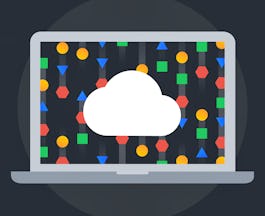
Google Cloud
Skills you'll gain: Cloud Infrastructure, Google Cloud Platform, Cloud Computing, Data Architecture, Cloud Platforms, Innovation, Leadership and Management

Skills you'll gain: Exploratory Data Analysis, General Statistics, Probability & Statistics, Statistical Analysis, Data Analysis, Data Visualization

Duke University
Skills you'll gain: Cloud Computing, DevOps, Continuous Delivery, Amazon Web Services, Cloud Applications, Cloud Engineering, Cloud Platforms, Continuous Integration, Devops Tools, Cloud-Based Integration, Machine Learning Software, Data Management, Software Architecture, Software As A Service, Machine Learning, Google Cloud Platform, Software Engineering, Applied Machine Learning, Big Data, Data Engineering, Extract, Transform, Load, Other Cloud Platforms and Tools

University of California, Davis
Skills you'll gain: Data Analysis, Data Management, Databases, Exploratory Data Analysis, SQL, Data Model, Problem Solving, Database Application, Extract, Transform, Load, Statistical Tests

Macquarie University
Skills you'll gain: Business Analysis, Data Analysis, Data Analysis Software, Data Management, Data Model, Data Visualization, Database Design, Exploratory Data Analysis, Microsoft Excel, Spreadsheet Software, Big Data, Power BI
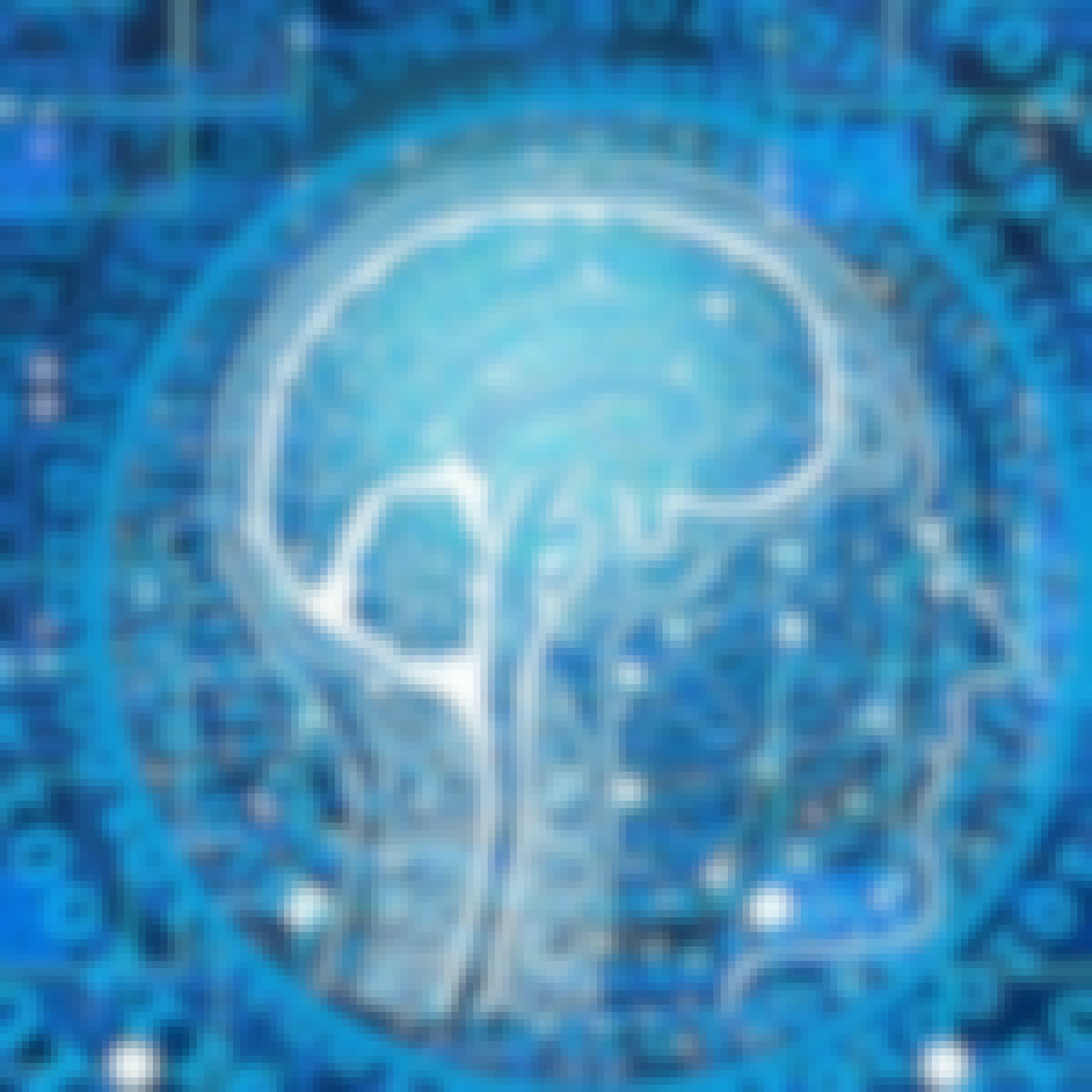
Skills you'll gain: Artificial Neural Networks, Deep Learning, Human Learning, Machine Learning, Machine Learning Algorithms, Applied Machine Learning, Reinforcement Learning, Algorithms, Network Model, Tensorflow
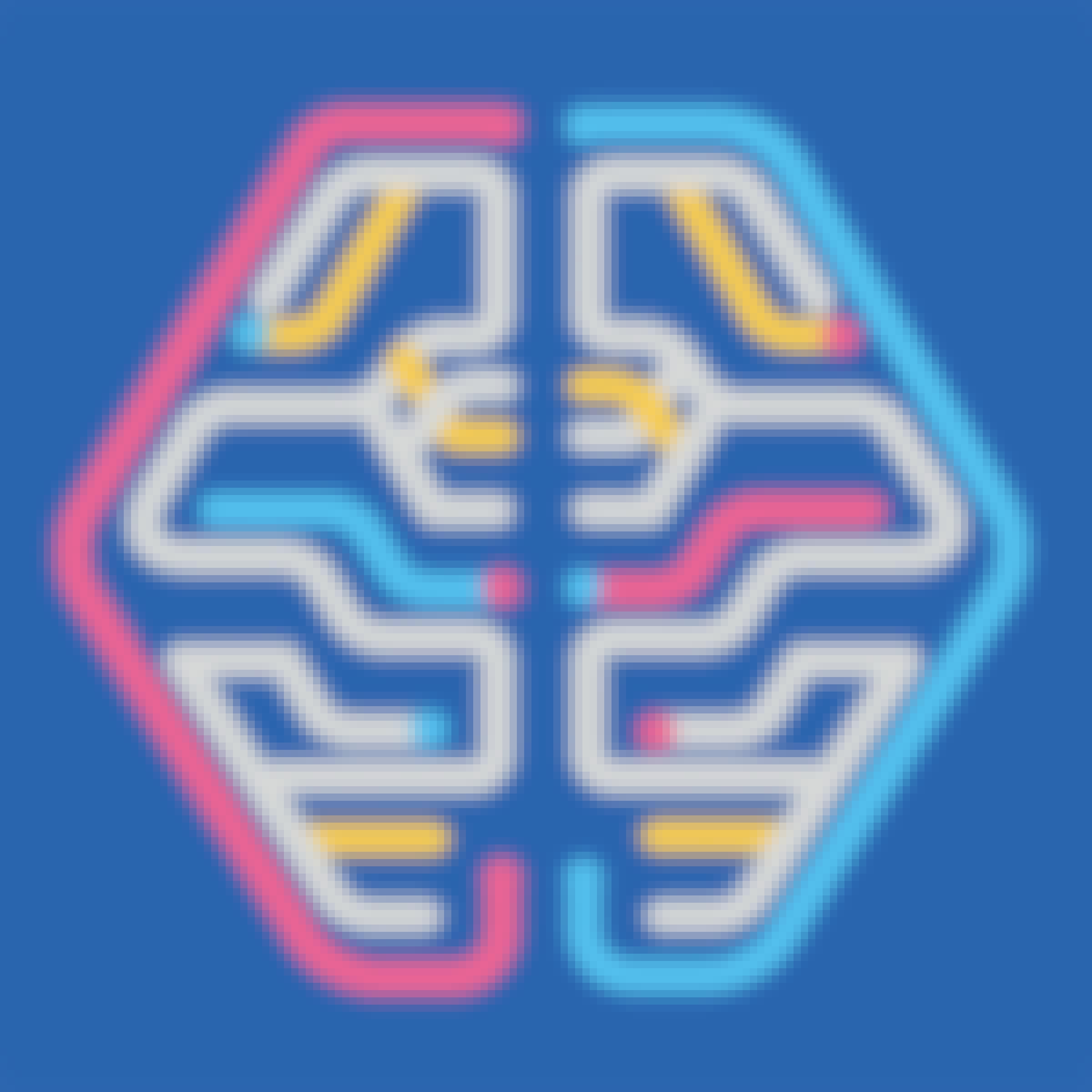
Google Cloud
Skills you'll gain: Machine Learning, Data Analysis, Probability & Statistics, Statistical Programming, Data Visualization, Exploratory Data Analysis, Python Programming, Regression, SQL, Statistical Visualization, Cloud Computing, Extract, Transform, Load, Human Learning, Tensorflow

UNSW Sydney (The University of New South Wales)
Skills you'll gain: Machine Learning, Artificial Neural Networks
In summary, here are 10 of our most popular transfer function courses
- Six Sigma Tools for Define and Measure: University System of Georgia
- Digital Manufacturing & Design Technology: University at Buffalo
- Excel Essentials and Beyond: Board Infinity
- Mathematics for Machine Learning: PCA: Imperial College London
- Digital Transformation with Google Cloud: Google Cloud
- Statistical Thinking for Industrial Problem Solving, presented by JMP: SAS
- Building Cloud Computing Solutions at Scale: Duke University
- Data Wrangling, Analysis and AB Testing with SQL: University of California, Davis
- Excel Power Tools for Data Analysis: Macquarie University
- Deep Learning and Reinforcement Learning: IBM










